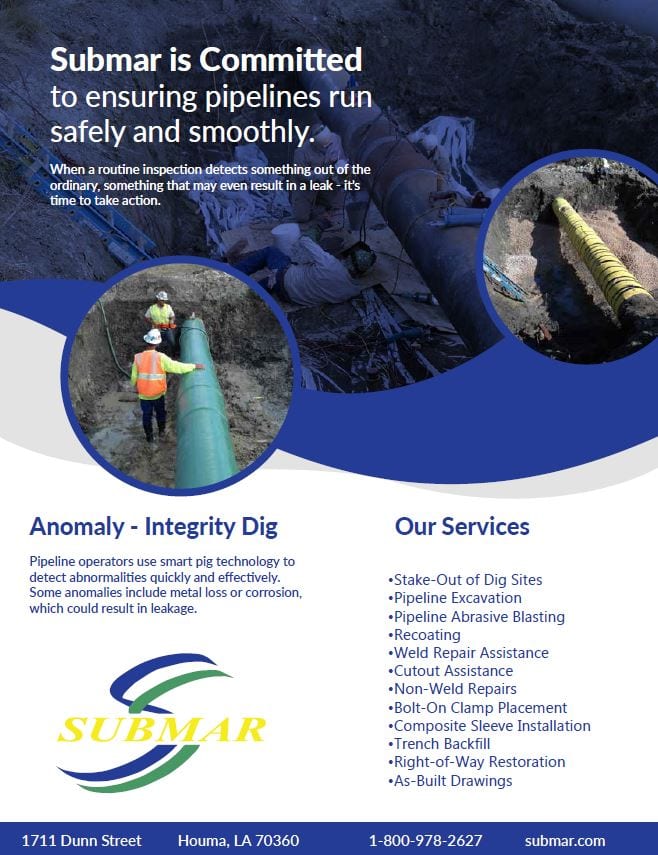Pipelines are widely used for the transportation of hydrocarbon fluids over millions of miles all over the world. The structures of the pipelines are designed to withstand several environmental loading conditions to ensure safe and reliable distribution. However, leaks in pipeline networks are one of the major causes of innumerable losses in pipeline operators and nature. Incidents of pipeline failure can result in serious ecological disasters, human casualties, and financial loss. In order to avoid potential problems and maintain safe and reliable pipeline infrastructure, substantial research efforts have been devoted to implementing pipeline leak detection.
Pipeline companies use a wide variety of methods to monitor pipelines, from highly advanced technology to patrolling the pipeline right-of-way. Visual inspections are done regularly – either by walking, flying or using drones – and the industry also uses electronic monitoring from high-tech control rooms and patrols inside the pipeline. It’s a billion-dollar industry and a major but necessary undertaking for pipeline operators.
The Control Room
Just like NASA has mission control in Houston, pipeline operators have a master control room where all their pipeline operations are monitored. Every pumping station, every remote sensor, every maintenance operation, and every patrol on the ground and in the air is monitored using a SCADA system (Supervisory Control and Data Acquisition), similar to those used to monitor airports and space stations. Any changes in regular operation are quickly detected.
Carefully monitored from the control room, remote sensors on the pipeline track any change in pressure, flow rate, or temperature. Using ATVs, crews also patrol the line conducting regular maintenance and keeping a careful eye on the pipeline right-of-way. A special type of video surveillance cameras, called hyperspectral imagers, may also be used. They are fitted with hydrocarbon sensors (hydrocarbons give off a unique hyperspectral signature) and temperature sensors that can detect leaks. Aircrafts, like helicopters and drones, are also used to scrutinize pipelines from the air.
What Happens if a Leak is Found?
While it’s rare for something to go wrong, the possible results of a leak are too dangerous to ignore. An integrity dig can help find answers. If the control room spots a potential issue, an integrity dig may be necessary. This is when a section of pipeline is excavated to give pipeline operators an up-close view of the pipeline to determine if a repair or replacement is required.
Submar is committed to pipelines running safely and smoothly. If a possible flaw is detected by a smart pig, our team will zero in on the exact location, and the pipeline can be safely exposed and then repaired. After the repairs, our team cleans the land and returns it to a natural state.


